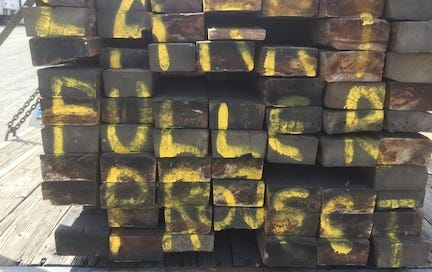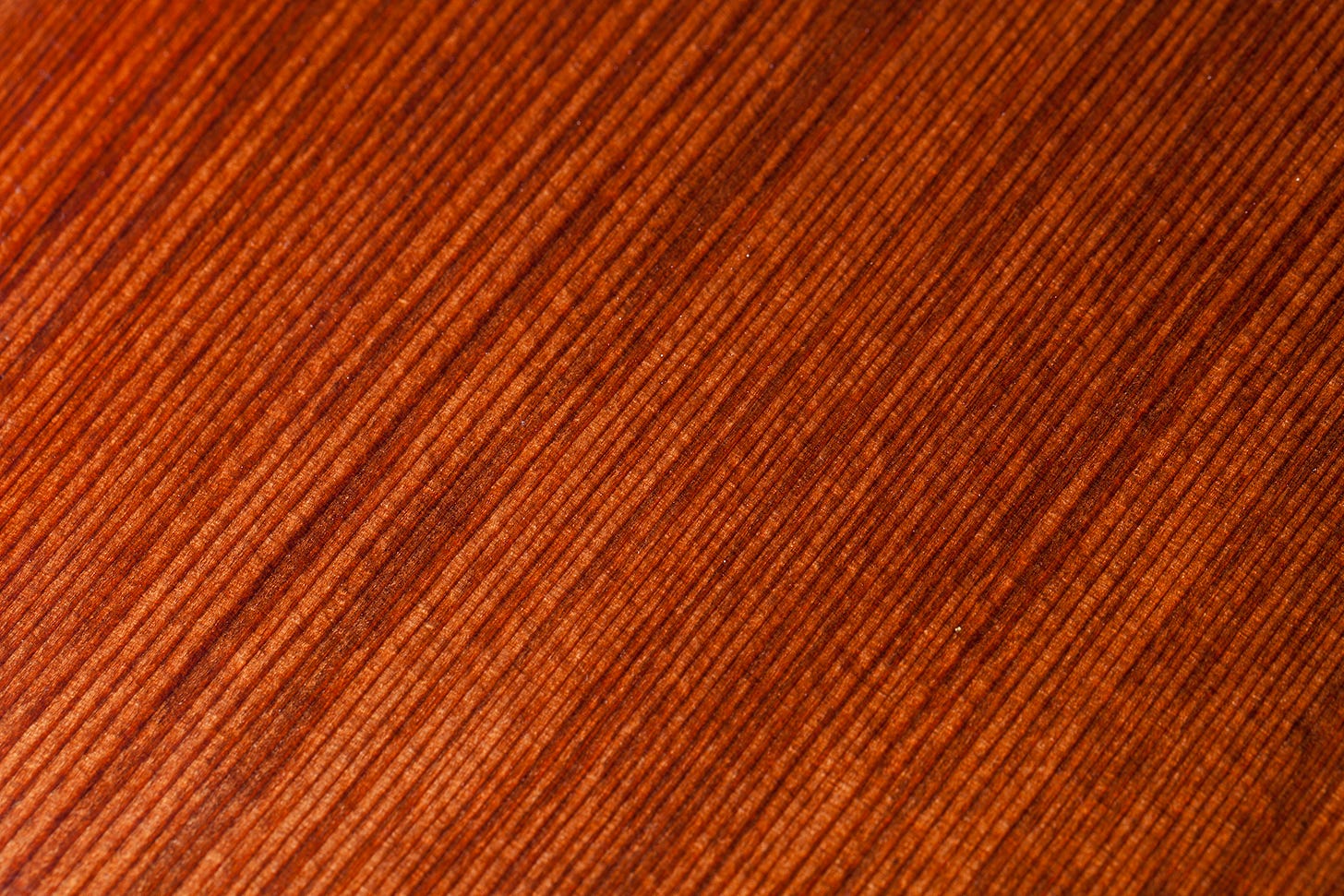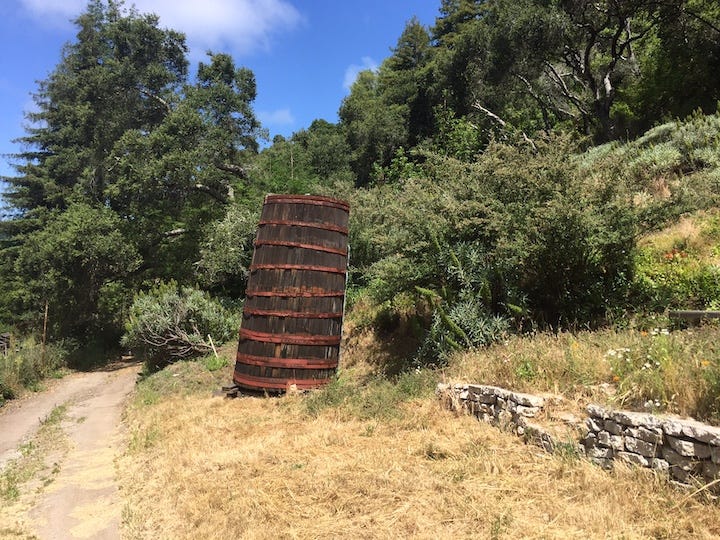Addicted to Joy has taken so many twists and turns, sometimes my head would just spin. Last week, I posted a photo of a jumble of wine vat staves with Larry Fuller Project painted on the ends. I have no idea what people thought when they saw that trailer of wood going down the road to Larry's workshop.
When I first met Larry Fuller, it was in a shaping room in Escondido, California. The place smelled terrible with the strong smell of resin (respirators mandatory). In the room were some unfinished wooden boards. Even from a distance, I could tell that the wood used for these incredible surfboards was unique. Upon close examination, I had never seen grain so tight and straight, let alone in a surfboard that was twelve feet long. When Larry explained his project to me, he gave me his mission statement -" to build one-hundred surfboards with the world's greatest shapers using the world's rarest materials." I found his idea original and exciting.
Digging deeper, Larry told me that this wood was from wine vats over twenty feet in height from the original Mirassou winery from 1854. The winery was located in the famed farming area known as the Santa Clara Valley (later known as Silicon Valley). The land for that winery sold over a decade ago, and wine production moved to California's Central Valley. What was once a beautiful vineyard and well-known winery is now part of a concrete valley. Before developers razed the original vineyard buildings, Sawer Chuck Pyle bought all the wine vats made from this incredible first-growth California redwood. Chuck tells the tale of harvesting the staves in the film with a gleam in his eye. Here's what an original vat from 1854 looks like with staves held in place by hand-forged iron rings.
It takes a craftsman's eye to see the potential contained within this tilting tower of wood, let alone twenty of them. Chuck could see these diamonds in the rough. Harvesting and reclaiming this precious redwood is the only way to get wood of this rarity today. We can't and shouldn't cut down any original trees that are still standing.
California's redwood trees were harvested heavily during the Gold Rush, which began in 1849 ( I wonder why Mirassou opened in 1854?). After the San Francisco Earthquake in 1906, redwood was (and is still considered today) a tremendous, relatively local resource, so it was quickly cut, milled, and transported to rebuild the city.
When I realized the amount of work Larry and Chuck had gone through to preserve this rare and nearly priceless wood, I was genuinely impressed. The specialness of the project Larry had described to me was right in front of me, and without a doubt, I had no idea what the ride in front of me was about to take shape.
Next time, we will look at how World War II gave the early surfing world a real boost.
If you want to see the whole story, watch the documentary Addicted to Joy.
I look forward to our next time together.
If you enjoy the stories, share this with your friends!







